
Menswear writer. Editor at @putthison. Bylines at The New York Times, The Financial Times, Politico, Esquire, and Mr. Porter
221 subscribers
How to get URL link on X (Twitter) App

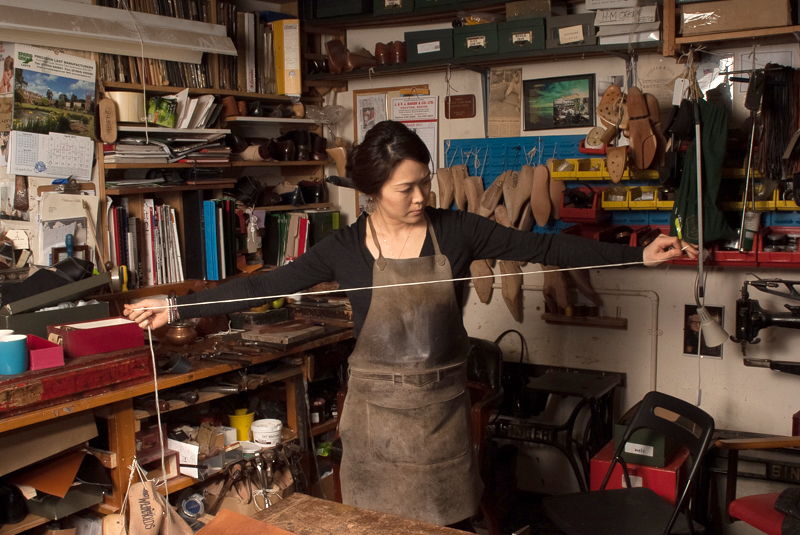
https://twitter.com/languidreamer/status/1993032400851648970First, who is Caroline Groves?

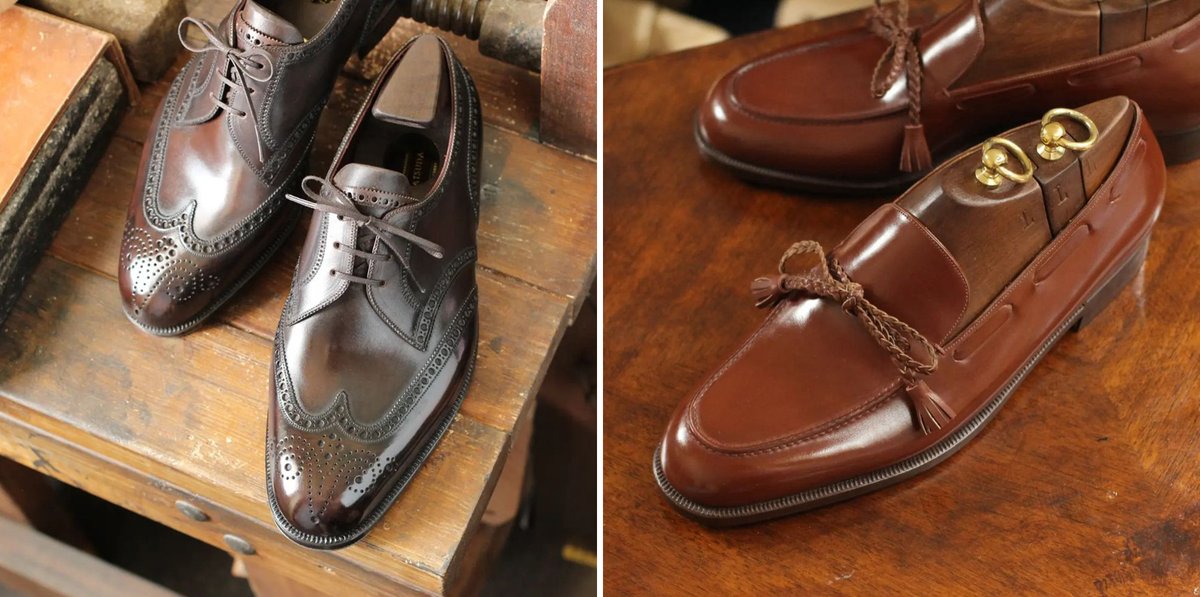
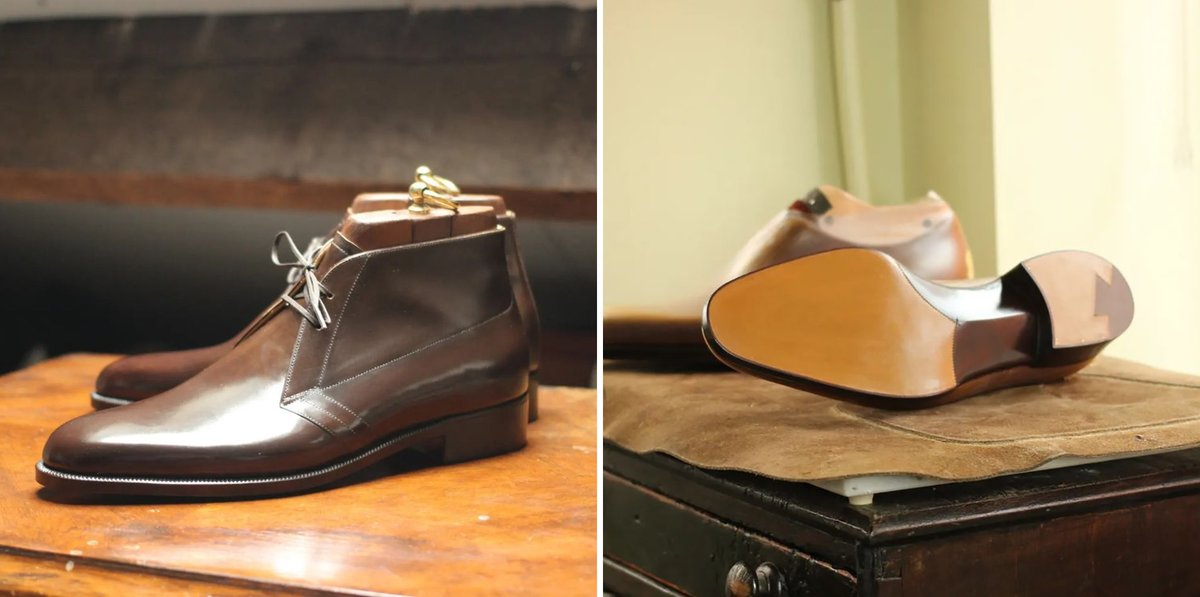

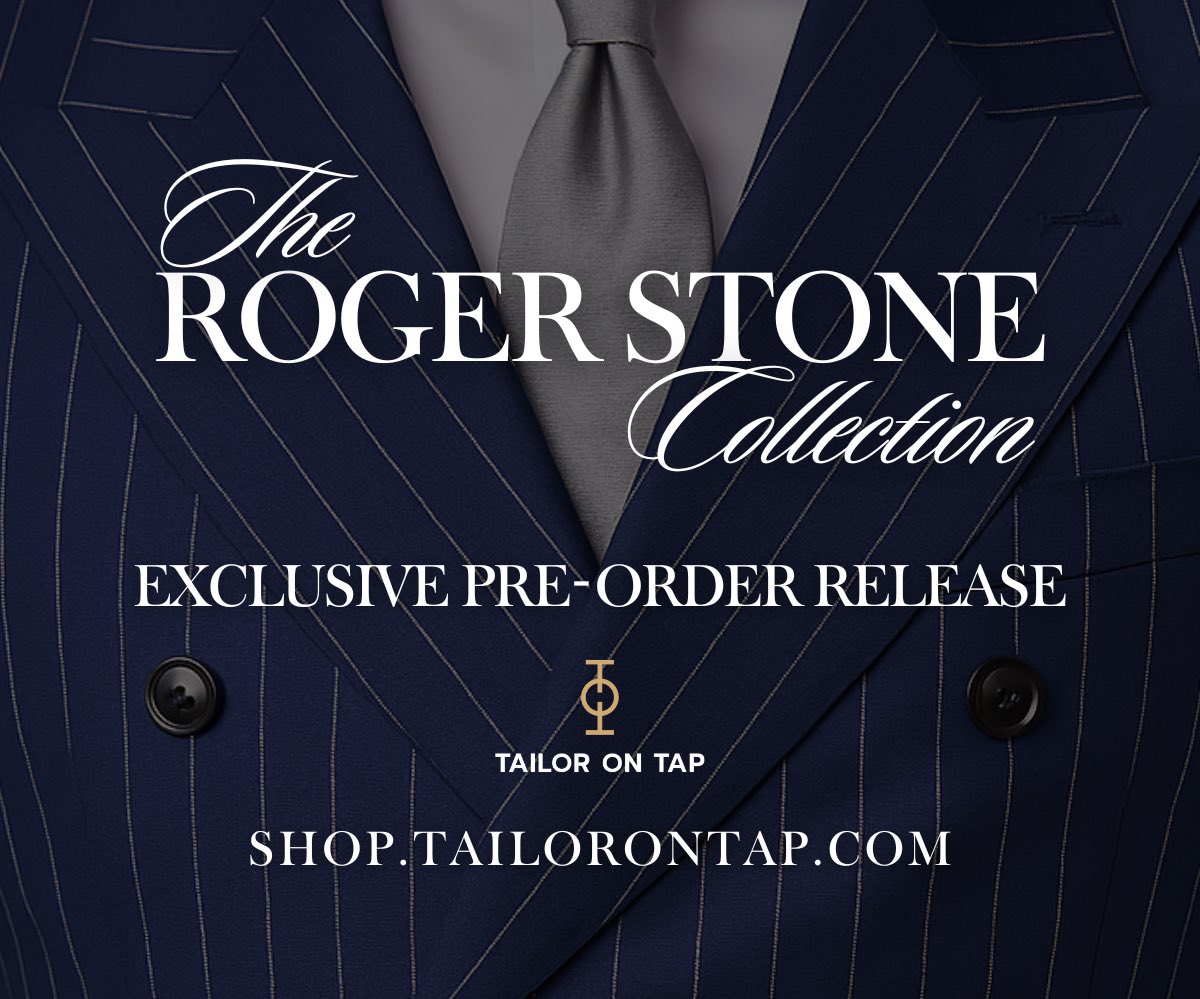
 The line is mostly comprised of suits and sport coats, supplemented with dress shirts and one pair of odd trousers (tailor-speak for a pair of pants made without a matching jacket). Suits start at $1,540; sport coats are $1,150. One suit is $5,400 bc it's made from Scabal fabric
The line is mostly comprised of suits and sport coats, supplemented with dress shirts and one pair of odd trousers (tailor-speak for a pair of pants made without a matching jacket). Suits start at $1,540; sport coats are $1,150. One suit is $5,400 bc it's made from Scabal fabric 
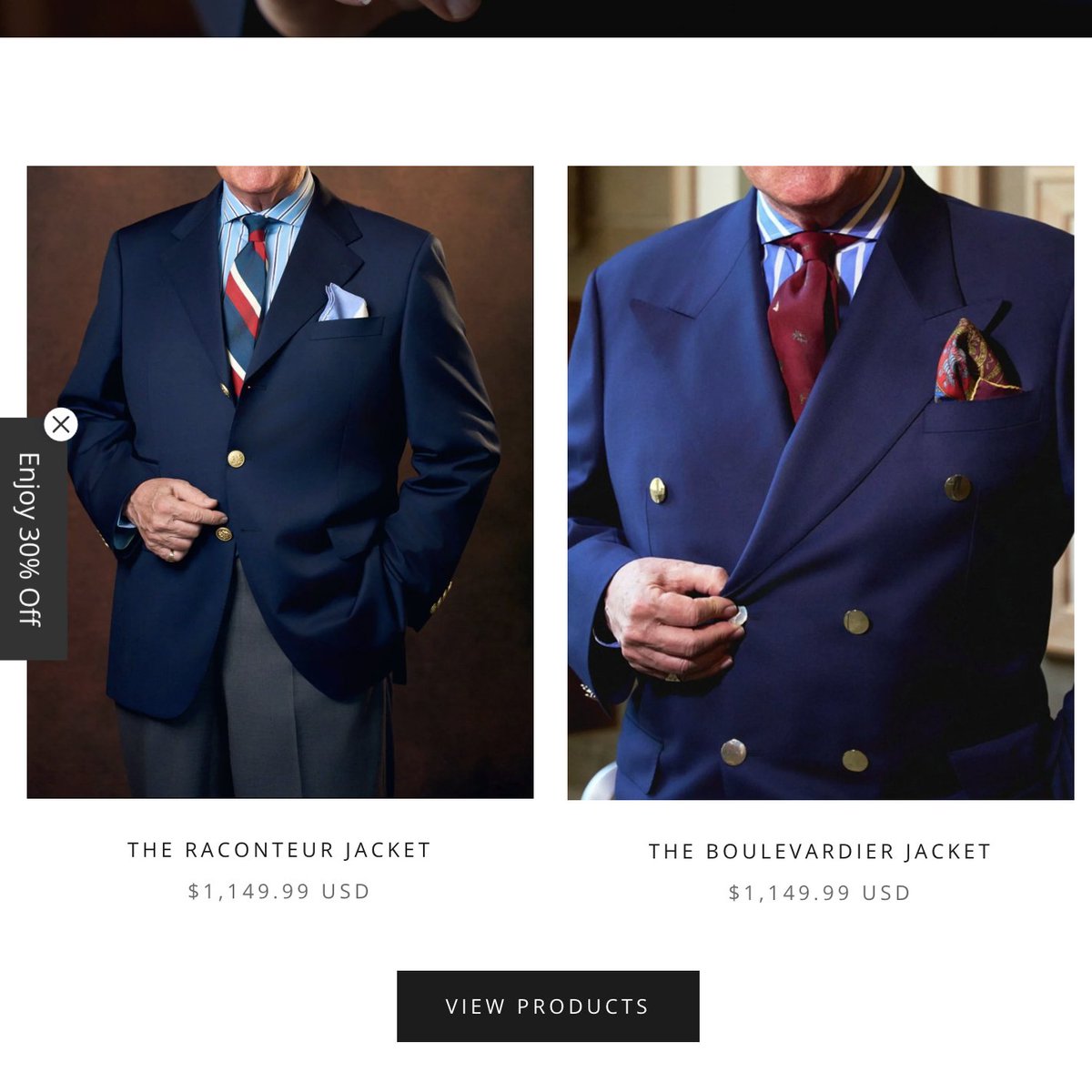
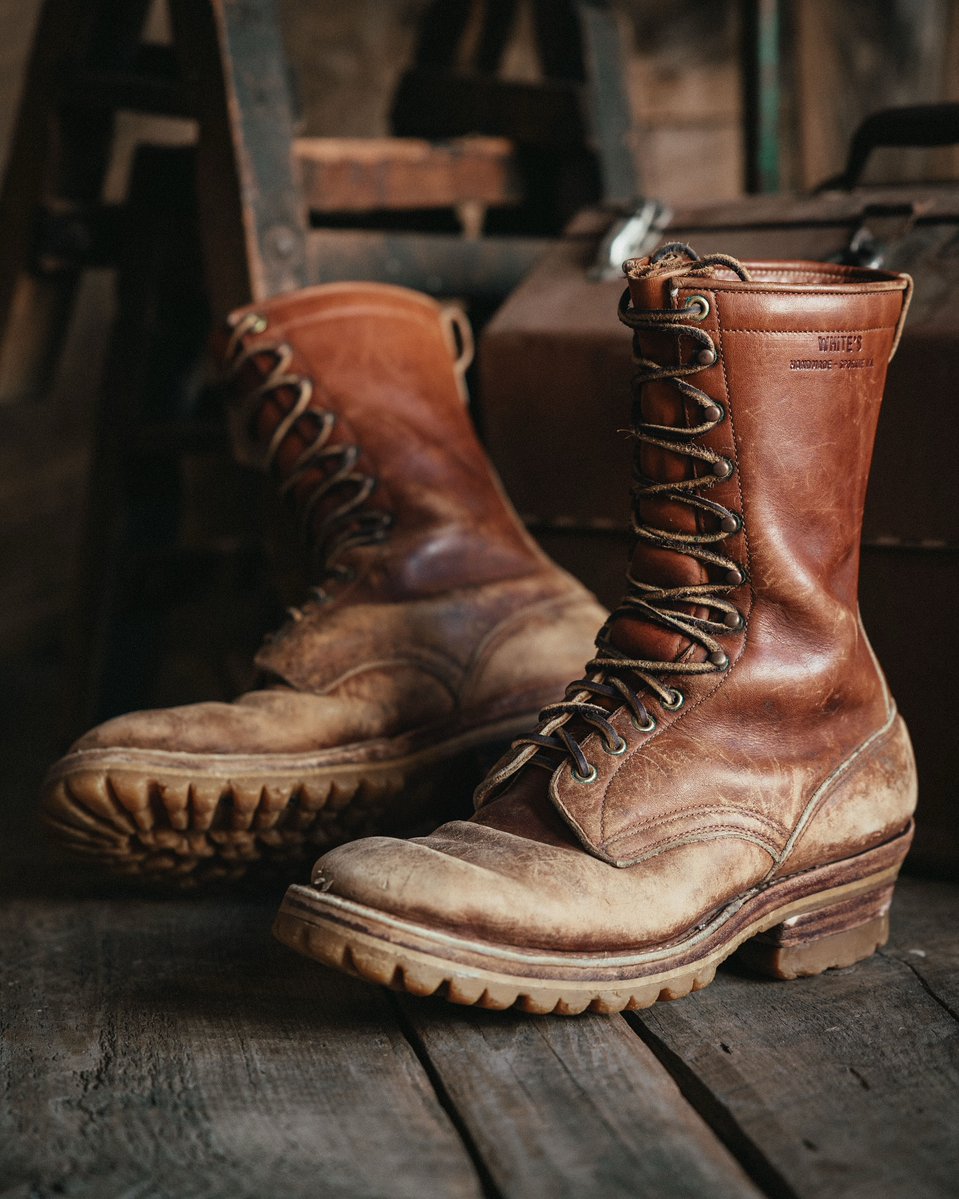
https://twitter.com/KKLizV/status/1992989134453887026First, let's set a standard. What does it mean for a pair of shoes to be "good quality?" In this thread, I define that standard to be two things:



 If you shop for an overcoat today, there's a good chance you'll land on a single breasted. As suits and sport coats have receded from daily life, the types of outerwear that men historically wore with them have also slowly disappeared.
If you shop for an overcoat today, there's a good chance you'll land on a single breasted. As suits and sport coats have receded from daily life, the types of outerwear that men historically wore with them have also slowly disappeared. 
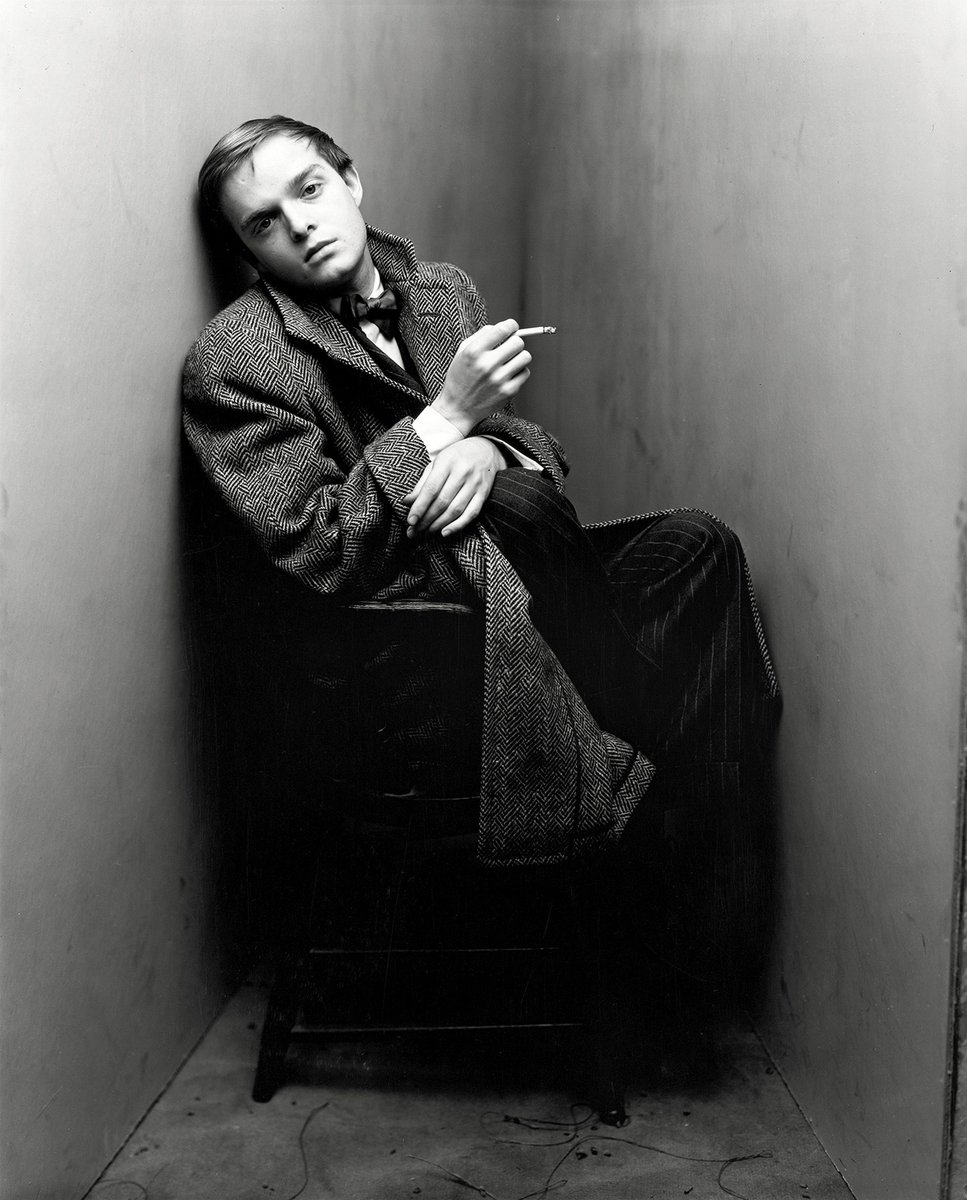


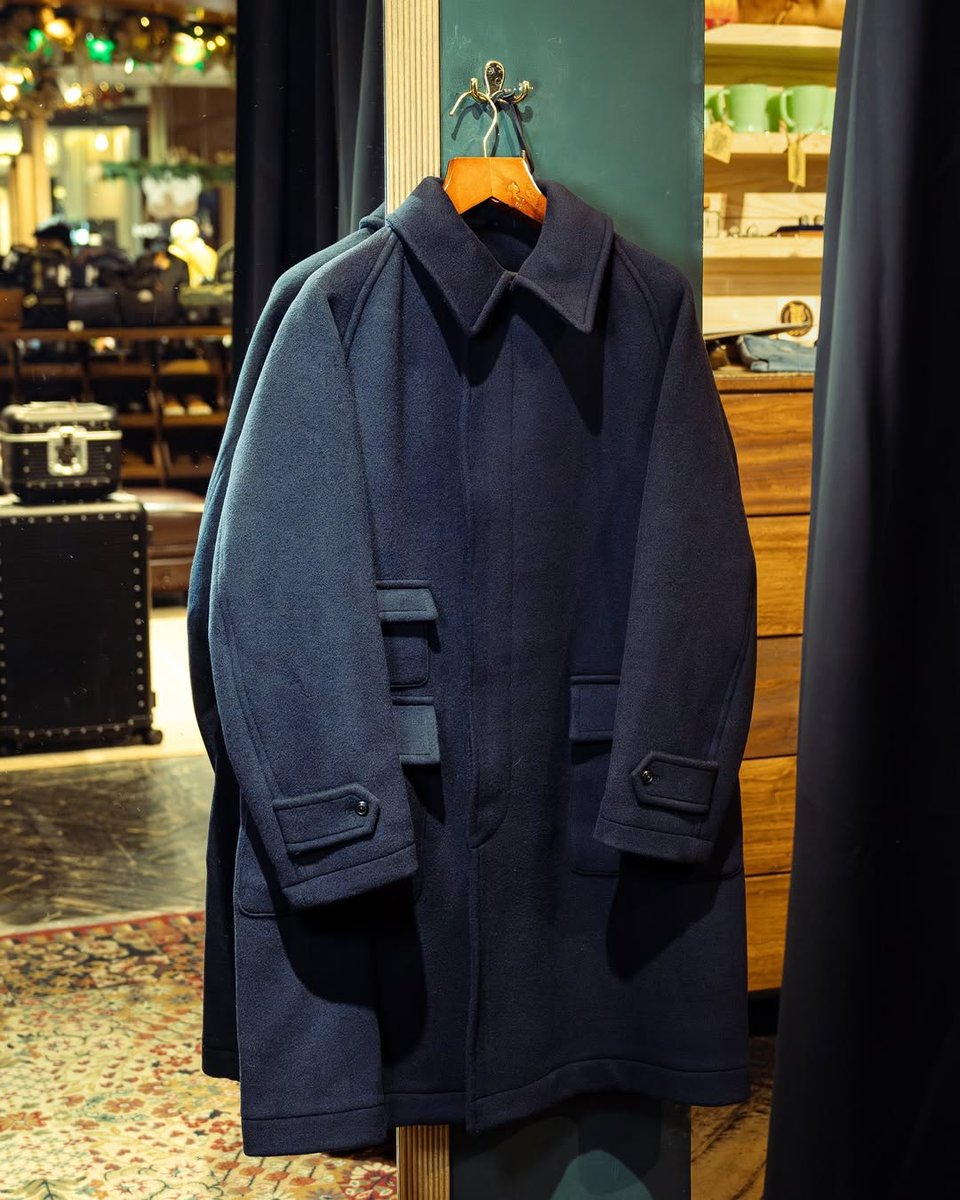
https://twitter.com/atrupar/status/1992282961077543196A raglan is defined by its sleeve construction. Most coats have a set-in sleeve, which is to say the sleeve attached to a vertical armhole, much like a shirt. A raglan, by contrast, has a diagonal seam running from the neck to armpit. Historically, this was put on raincoats.

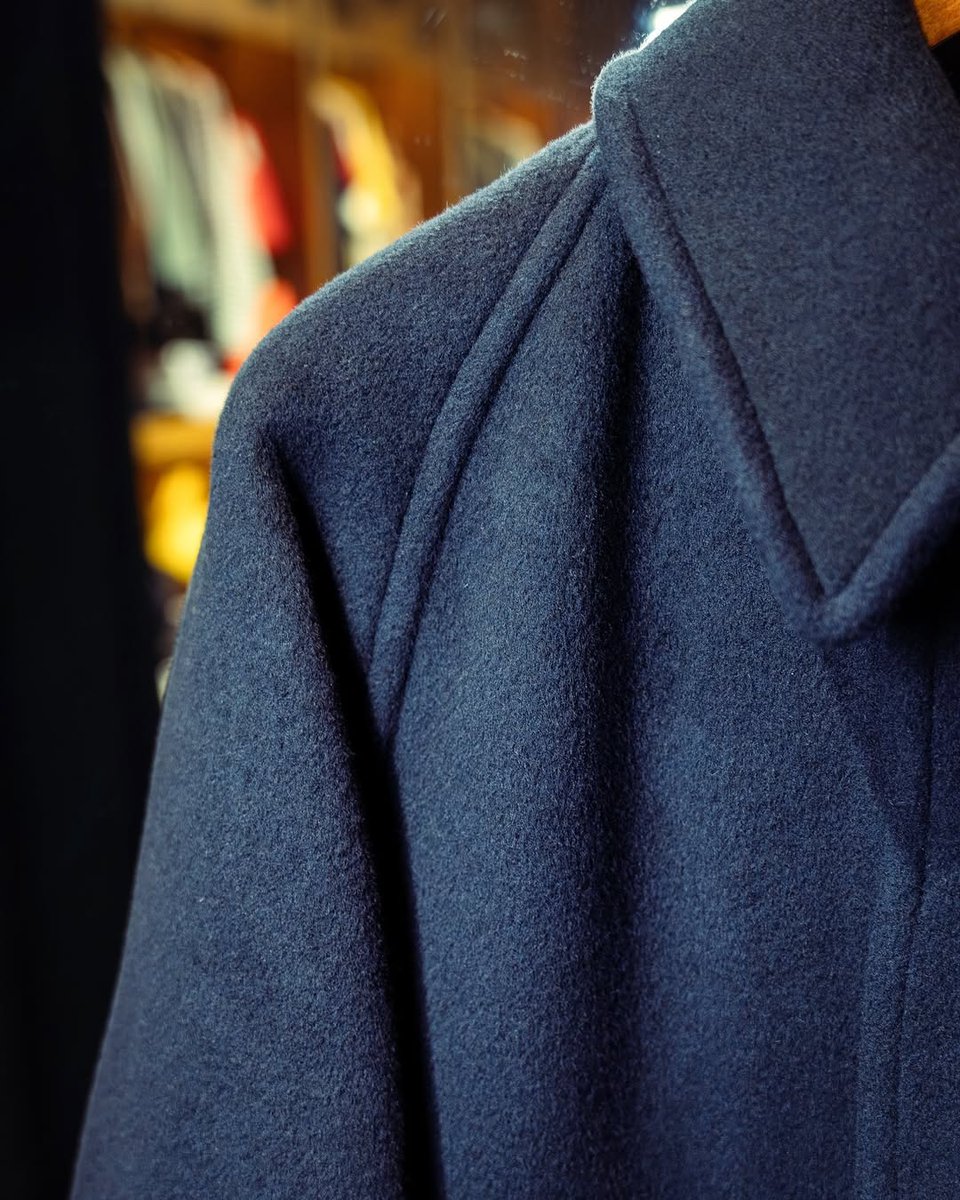
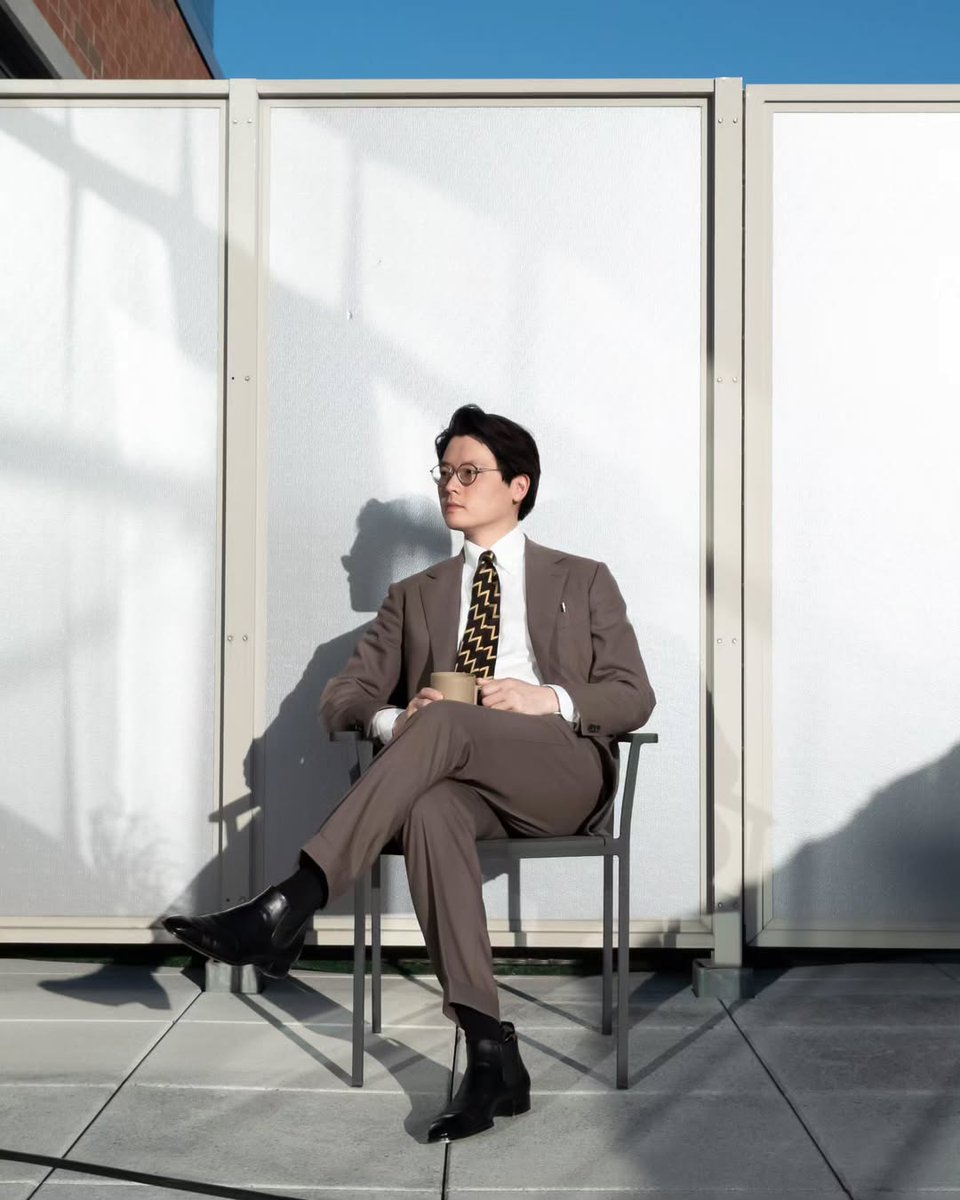
https://twitter.com/JohnLeFevre/status/1991983964379341042If you mainly wear suits and sport coats, then you will want a simple dress watch on a leather strap. Remember that the spirit here is elegance, so the watch should also be elegant. Certain dress chronos can also work, such as the Vacheron Constantin 4072 in pic 4


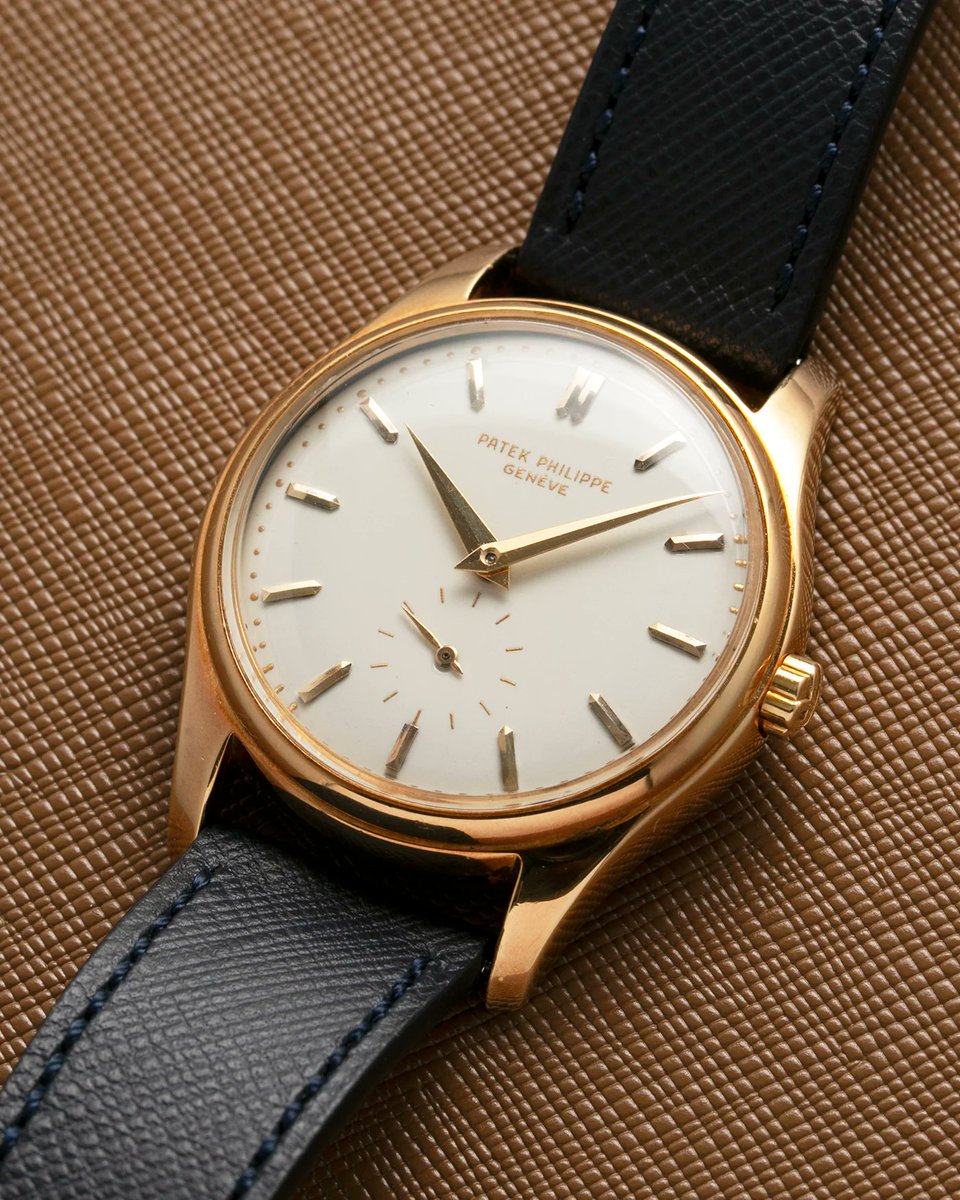


https://twitter.com/twiflgab/status/1988312978647904727Within the part of the menswear industry that I operate in, Roopa Knitting Mills is widely regarded as one of the best hoodie manufacturers. Founded in 1991 by an Indian immigrant named Nat Thakkar, they do every production step after yarn spinning in Ontario, Canada.


https://twitter.com/brettdash_/status/1985150769608233116
 First, what makes these trousers special?
First, what makes these trousers special? 


https://twitter.com/ErrataRob/status/1984807194789851233As some may know, my family is from Vietnam. My parents fled Saigon shortly after the Tet Offensive, as bombs were falling around them and they weren't sure what was going to happen once the North Vietnamese took over the city.


https://twitter.com/maxb____/status/1880320428633387415Earlier this year, it was reported that JD Vance has a tailor in Cincinnati, Ohio. It was a charming story about an Italian immigrant named Romualdo Pelle, who has worked as a tailor since he immigrated to the US in 1960.
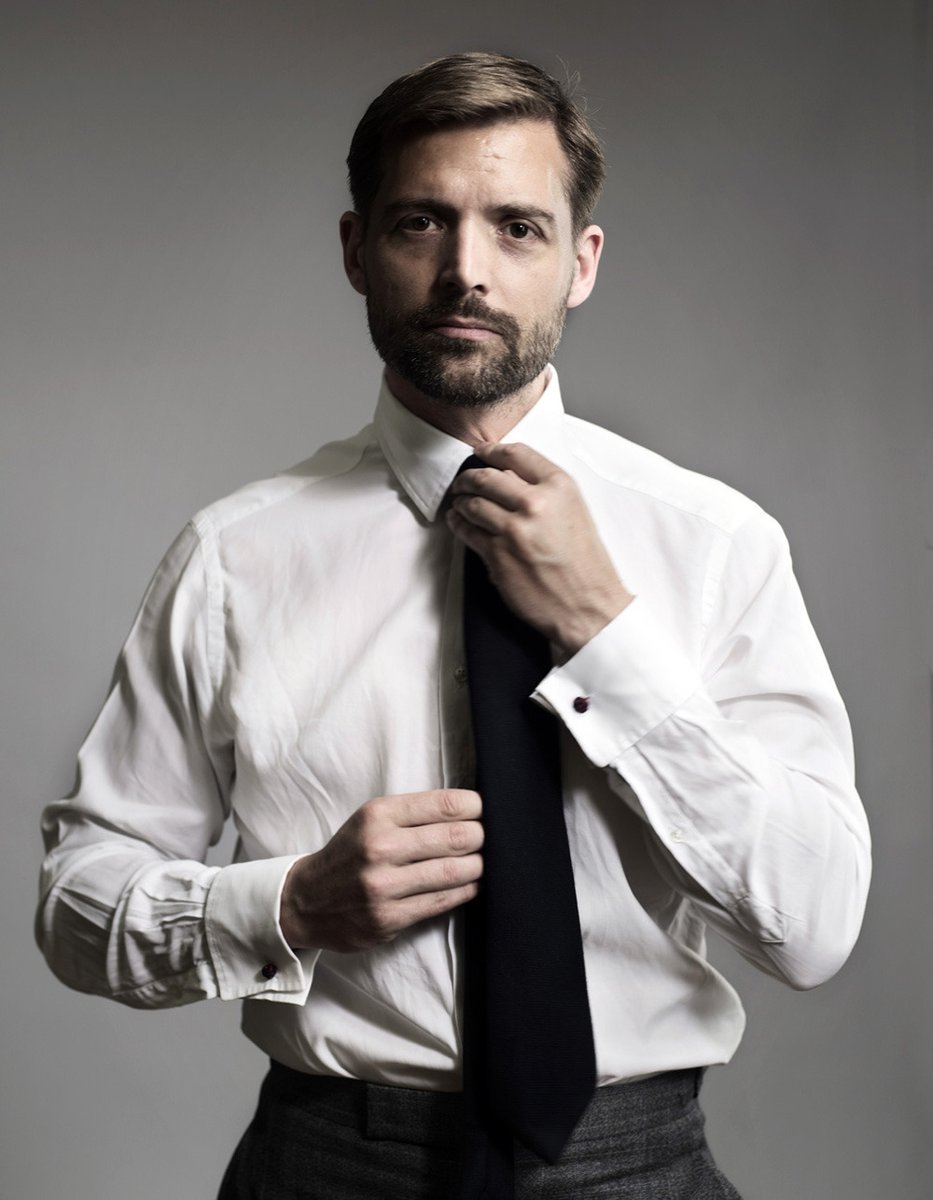
https://twitter.com/EricLDaugh/status/1982433430257172630In the 19th century, gentlemen wore black frock coats or tailcoats with a white shirt and dark waistcoat. As the frock coat gave way to the suit, the white linen shirt — a mark of respectability and propriety — remained.



https://twitter.com/MattZeitlin/status/1982137177195626706Since at least the end of the Second World War, much of men's fashion has revolved around a simple dichotomy: the Establishment vs the underclass. In his book Rebel Style, Bruce Boyer frames the 1950s culture wars in terms of clothes — Man in the Gray Flannel Suit vs The Wild One






 If you choose the right outfit, then we have the same taste. But why do we like it better? To understand, we must go back to the invention of this fabric itself.
If you choose the right outfit, then we have the same taste. But why do we like it better? To understand, we must go back to the invention of this fabric itself.

 When it comes to leather shoes, there are broadly two dimensions of quality.
When it comes to leather shoes, there are broadly two dimensions of quality. 


 It's often said that clothes were better made in the past. This is true to some degree, although the discussion is often narrowly focused on durability.
It's often said that clothes were better made in the past. This is true to some degree, although the discussion is often narrowly focused on durability. 


https://twitter.com/sotacita/status/1974569988628385867A couple of years ago, I saw Jesse Watters on Fox News say that Otaa ties are "the best ties in the world."




 A tailored jacket continues to be one of the most flattering things you can wear. However, for it to look good, it has to fit right. That means a jacket that bisects you halfway from your collar to the floor when you're in heeled shoes. Also trouser + suit jacket silhouette flows
A tailored jacket continues to be one of the most flattering things you can wear. However, for it to look good, it has to fit right. That means a jacket that bisects you halfway from your collar to the floor when you're in heeled shoes. Also trouser + suit jacket silhouette flows 


https://twitter.com/eeyoresmother/status/1967314099353903489Let's start with a test. Here are two tan polo coats. One is machine-made. The other is handmade. Can you guess which is which?



